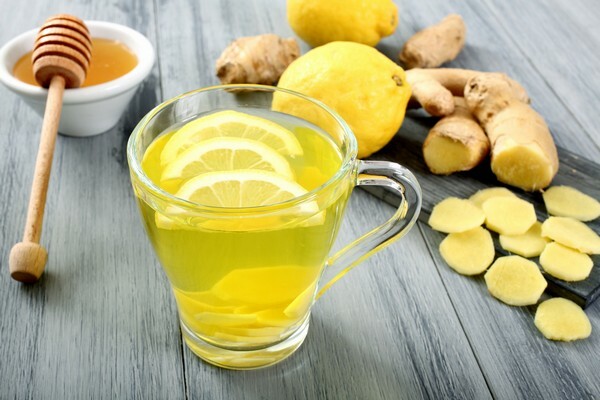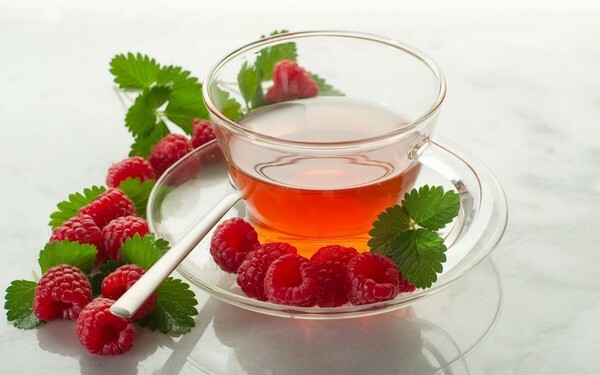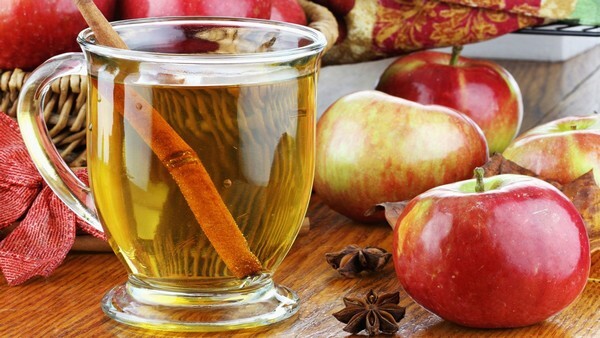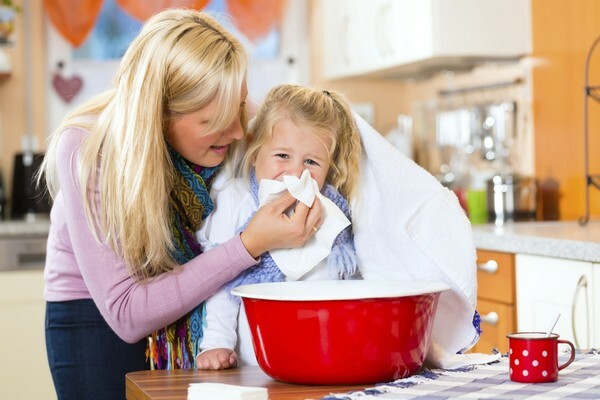- The use of spices for the child's body
- How to use fragrant roots
- The use of a useful plant in the treatment of children
A fragrant and delicious tea from the root of ginger with honey and a slice of lemon is an effective tool for treating inter-seasonal respiratory infections in infants. With the help of a healing drink you can increase the resistance of the child's organism to pathogens and viruses. But the multicomponent composition of a spicy plant provides a wide range of contraindications. Therefore, it is up to the pediatrician to decide whether it is possible for children to ginger or to apply other methods of treatment. He will examine a small patient and make up a therapeutic regimen. Often, the doctor includes ginger tea.

The use of spices for the child's body
The ginger root contains a huge amount of biologically active substances that allow the use of spices in the therapy of various diseases in young children and adolescents. Vegetable raw materials contain vitamins of group B, ascorbic and nicotinic acids, retinol. Regular use of freshly ginger tea by a child will strengthen its protective forces, increase immunity. But the most valuable ingredients of fragrant roots are essential oils. They have a multifaceted effect on the baby's body:
- anti-inflammatory;
- is antimicrobial;
- antiparasitic and anthelmintic;
- regenerating;
- stimulating appetite;
- expectorant;
- is a diuretic;
- is antispasmodic;
- antibacterial;
- memory improving.
You can offer your child a warm tea, flavored with honey and fresh berries, if he complains of headache or stomach pain. Ginger combines the beneficial properties of both neurotropic and myotropic antispasmodics, so it quickly and effectively eliminates any uncomfortable sensations.

How to use fragrant roots
Having decided to treat the baby with tea from ginger, parents should choose and apply spices correctly. The greatest therapeutic activity is possessed by fresh, succulent and elastic roots. Dry vegetable raw materials or powder made from it lost most of the biologically active substances. Do not give babies:
- marinated thin slices root;
- ginger, cooked in sugar syrup.
If the child has no contraindications to the ingestion of spices, then it can be used fresh. To do this, the roots should be rubbed and seasoned with vegetable salads, baked meat, rice for garnish. Many housewives add fragrant spices to the dough for baking rolls, gingerbread, cakes, which children like to feast on.
After buying a fresh ginger root, it should be thoroughly rinsed and a thin layer of peel removed. After finishing the treatment, ginger should be soaked for several hours in cold water. This is necessary to remove harmful compounds accumulated during growth and maturation, as on the shelves of Russian supermarkets is for the most part raw materials of Chinese producers. And they add a lot of chemicals to the soil to increase yields.
Recommendation: Tea with ginger and honey is used not only for the treatment of bronchitis, tracheitis and various angina, but also for their prevention. If you regularly give a warm drink to your baby in the fall and spring, it will help to avoid the development of respiratory infection.

Use of a useful plant in the treatment of children
The unique composition of the ginger root provides its diverse therapeutic properties. The plant is used to treat arthritis, cataracts, hepatitis, endocrine disorders, kidney pathologies. But pediatricians do not recommend the use of ginger in the treatment of such serious diseases in toddlers. The fact that spice is very poorly combined with some pharmacological drugs, which can cause an overdose or lack of therapeutic effect. Tea from aromatic roots should be given to the child only to eliminate the clinical manifestations of respiratory infections and dyspeptic disorders.
At what age can ginger be given to children - folk healers recommend treating babies from two years of age. And gastroenterologists warn of the danger of using spices saturated with concentrated essential oils in children under seven years of age. Parents should listen to the advice of representatives of official medicine.
Digestive disorders in a child
Many respiratory and intestinal infections, provoked by pathogenic bacteria and viruses, cause disturbances in peristalsis and digestion. Dyspeptic disorders often develop after the child uses fatty, fried, smoked food. Children suffer from nausea, vomiting, diarrhea, or permanent constipation. Ginger contains biologically active substances that take part in metabolic processes. They accelerate the exchange of fats, proteins and carbohydrates, and also improve their absorption.
Prepare a healthy drink as follows:
- Put a quarter teaspoon of grated fresh root into the teapot.
- Pour a glass of hot water( 85-90 ° C), leave for 15 minutes.
- Strain, lightly cool and give the child 0.3 cups 3 times a day, regardless of food intake.
In the case of treatment of dyspeptic disorders, honey and lemon juice should not be added to the infusion, so as not to strain the baby's gastrointestinal tract. Essential oils from ginger have a powerful bactericidal and antispasmodic effect. They will help quickly and effectively eliminate the processes of putrefaction and fermentation, destroy pathogenic microorganisms.
Warning: Ginger infusion should not be given to children and adolescents diagnosed with gastritis or ulcerative lesions of any etiology. Drinking a drink can trigger a relapse of a chronic illness.

Respiratory pathologies
Can children have tea with ginger for bronchitis, sinusitis, tracheitis? In the absence of high temperature, the drink will be very useful for a sick kid. Ginger tea should be given to children both in viral and bacterial respiratory diseases. He helps the child cope with almost all the symptoms of infectious pathologies. As a useful plant affects the baby's body:
- promotes liquefaction and excretion of sputum from the upper and lower respiratory tract;
- flushes pathogenic viruses, bacteria, fungi and their products of vital activity from inflammatory foci;
- eliminates the swelling of the nasal mucosa and facilitates breathing;
- strengthens immunity, mobilizes all life support systems to fight infection;
- reduces the severity of clinical manifestations of general intoxication of the body.
To make ginger tea, pour a glass of hot water with 0.5 teaspoon of chopped root and leave for 10-15 minutes. Then strain and add a slice of lemon and a teaspoonful of thick honey. During the day, you can give your child 0.5 glasses of a tasty and healthy drink.
Tip: You can prepare a sweet medicine for colds beforehand. To do this, a tablespoon of grated roots should be mixed with a glass of honey and put in storage in the refrigerator. To treat or prevent respiratory infections, give the children 2 times a day on a teaspoon of a delicious product.
Ginger can also be used for healing inhalations. Usually, ultrasonic and compressor inhalers are not designed to use infusions of medicinal herbs, but the usual enameled kettle or saucepan will do very well. First you need to prepare the infusion for the procedure:
- Put 2 tbsp in the container. Spoon the crushed root, pour in 3 cups of hot water.
- Infuse for 15 minutes and lightly cool.
Then the child should cover himself with a towel and inhale hot steam for 5-7 minutes. Between procedures, you must make small breaks for 19 minutes. Upon inhaling vapors, essential oils of ginger penetrate the respiratory tract, where their anti-inflammatory, antiseptic and regenerative activity is manifested.
Warning: Infusion or tea from the ginger root is prohibited for use in children's diseases that occur against the background of high temperature. In this case, the use of drinks will provoke a persistent expansion of blood vessels and a rapid deterioration of the child's condition.
